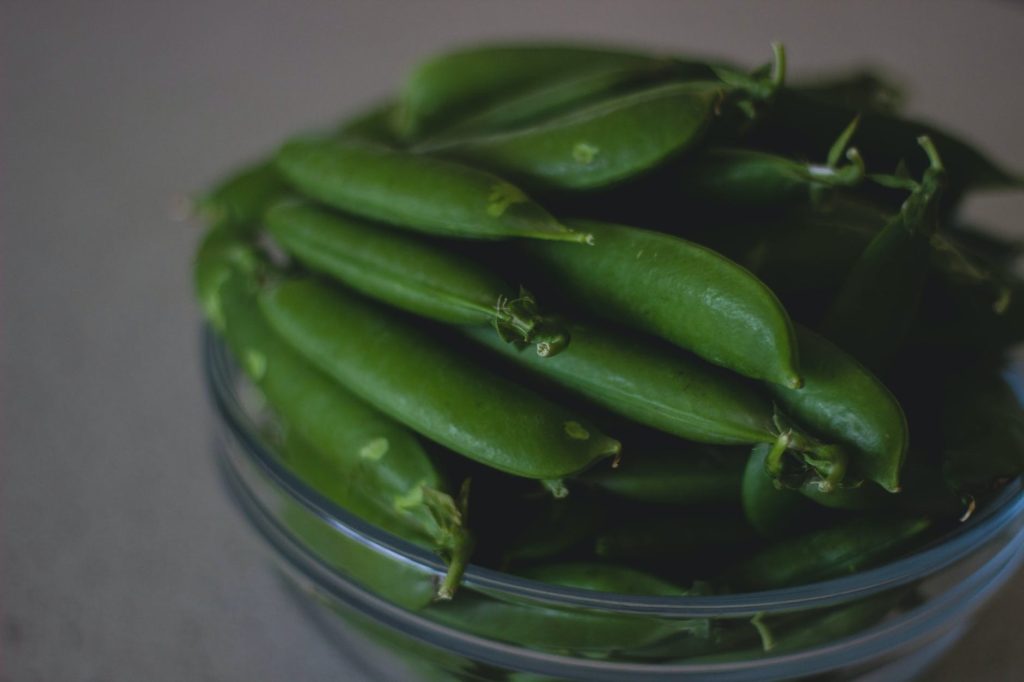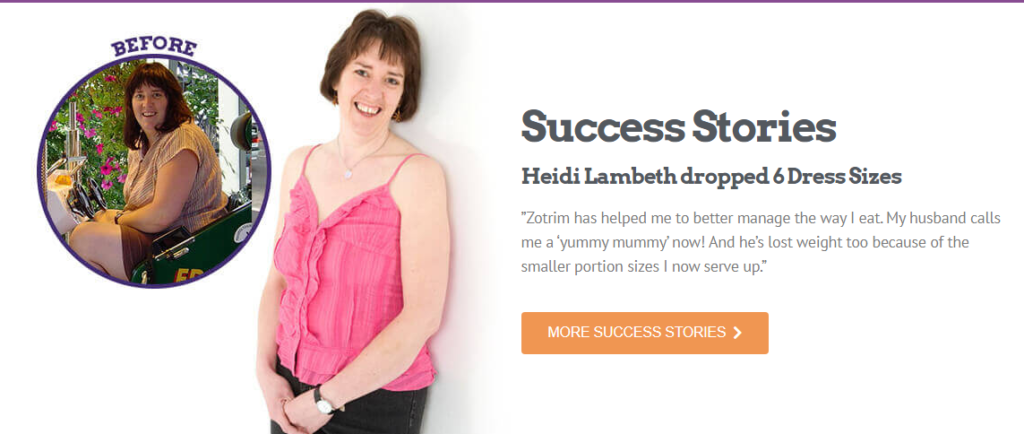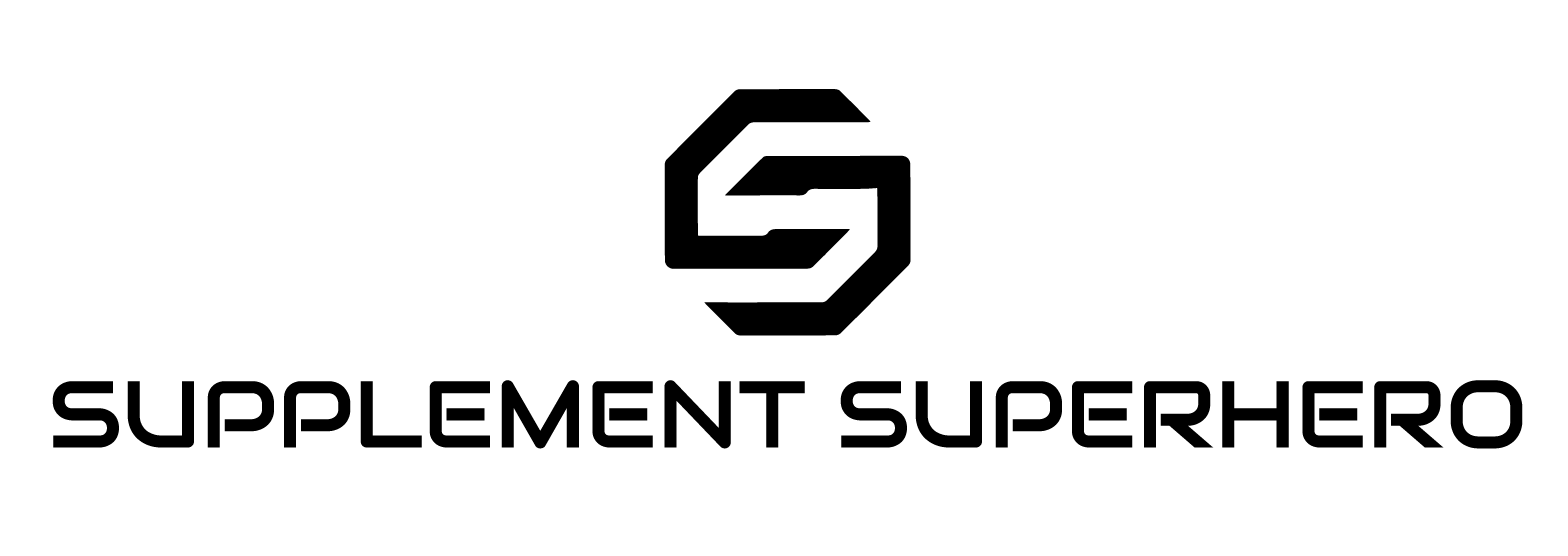
Table of Contents
Introduction
Have you ever wondered if a green bean diet could be right for you? Want to see the results of a low carb diet without abstinence from bread? Studies show that green beans can help.
Eating green beans for weight loss has proven very effective, as long as you don’t just eat green beans. Instead, use them as part of a diet that is low in calories and high in the nutrients that your body needs to stay healthy.
Whether seared, sautéed, or eaten straight from a can, green beans is a very beneficial addition to your diet if you want to lose weight.
Below are some of the health benefits to eating green beans.
Green Beans are Heart-healthy
Green beans do not contain cholesterol. Although your body needs cholesterol for healthy cell growth, consuming too much can be self-destructive.
High cholesterol can cause fatty deposits to build up in the arteries. This can reduce blood flow to the heart and brain and cause a stroke or heart attack.
One cup of raw green beans contain 2.7g of fiber. Cooked (boiled) green beans contain 4.0 g of partially soluble fiber.
Soluble fiber can help lower bad, or LDL, cholesterol and total cholesterol levels. It can also promote heart health by lowering blood pressure and reducing inflammation.
The American Heart Association endorses consuming no more than 1,500 milligrams (mg) of sodium per day for optimal heart health. Green beans are typically low in sodium. One cup contains only 6.6 milligrams (mg).
Too much sodium can increase blood pressure. High blood pressure is associated with an increased risk of heart disease and stroke.
But, watch out for canned green beans. An undrained cup contains 461 mg of sodium. Rinse canned green beans before eating them, or choose canned green beans that contain little to no sodium.

Low FODMAP Food
According to the Cleveland Clinic, FODMAPs are undigested carbohydrates metabolized by gut bacteria that cause gas, abdominal pain, diarrhea, and constipation.
Eating foods high in FODMAP can worsen digestive conditions, such as irritable bowel syndrome (IBS) and acid reflux. Eating foods low in FODMAP can provide significant relief from stomach problems.
Green beans are a low FODMAP food, and many people with chronic digestive problems may appreciate it.
Green Beans help you Maintain a Healthy Weight
One cup of raw green beans is only 31 calories, virtually fat-free, and only 3.6 grams (g) of sugar. This makes it perfect for losing weight!
Contain Protein
Your body needs protein to maintain:
- Healthy bones
- Muscles
- Organs
- Hair
Protein is also essential for a healthy immune system. Plant proteins are not complete proteins; that is, at least one of the amino acids your body needs is missing.
But, vegetable proteins are still helpful. They can be combined with other proteins during the day to produce complete proteins. One cup of raw green beans contains almost 2g of protein.

Good Source of Vitamins and Minerals
Green beans contain many essential vitamins, including folate. One cup of raw green beans contain 33 micrograms (mcg) of folic acid, almost 10 percent of the recommended daily value.
Folate is a B vitamin that may help prevent neural tube defects and other birth defects.
Vitamin C
Raw green beans are also a good source of vitamin C. One cup contains 12.2 mg, or about 25 percent of the recommended daily value.
Vitamin C is an antioxidant that helps strengthen the immune system. It is also an integral part of collagen production and helps protect the skin from oxidative stress.
Vitamin A
A cup of raw green beans provides 690 IU of vitamin A, just under 15 percent of the recommended daily value.
Vitamin A is not a single vitamin. It is a group of compounds called retinoids. Vitamin A is important for immune health, reproduction, and healthy vision.
Other Vitamins
Some other vitamins in a cup of raw green beans include:
- Vitamin B-6: 0.14 mg
- Vitamin E: 0.41 mg
- Vitamin K: 43 mcg
- Thiamin: 0.1 mg
- Niacin: 0.7 mg
Minerals
Green beans are a healthy source of minerals, especially manganese. This essential mineral supports metabolism and has antioxidant properties. It is also compatible with bone health and aids wound healing.
Other minerals in a cup of raw green beans include:
- Phosphorous: 38 mg
- Magnesium: 25 mg
- Potassium: 211 mg
- Calcium: 37 mg
- Zinc: 0.24 mg
- Iron: 1.03 mg

Enjoying a Green Bean Diet
According to the USDA, a 1-cup serving of raw green beans contains only 31 calories. The same serving has 1.83 grams of protein, 0.22 grams of fat, and 6.97 grams of carbohydrates, along with an impressive 2.7 grams of fiber and 3.26 grams of sugar.
A cup of raw green beans also contains 37 milligrams of calcium, 25 milligrams of magnesium, 38 milligrams of phosphorus and a whopping 211 milligrams of potassium, along with small amounts of many other nutrients.
Green beans can be eaten by hand as an easy snack and even dipped in your favorite sauce. Be careful about the amount of dip you use. Walnut sauces and butter, for example, tend to be very calorie-dense, and it is easy to lose track of what you have eaten.
You can also use cooked green beans as a side dish. As explained in Canada’s Half Your Plate, at each meal, you should fill half of your plate with fruits and vegetables, and you can use foods high in fiber and nutrients like green beans to ‘stretch.’
The nutritional composition of green beans changes a lot when cooked. According to the USDA, 1 cup of cooked green beans in a can contains 33.7 calories, 1.71 grams of protein, 0.7 grams of fat and 6.59 grams of carbohydrates, as well as 2.91 grams of fiber and only 1.19 grams of sugar.
This serving also contains 58.1 milligrams of calcium, 19.9 milligrams of magnesium, 30.6 milligrams of phosphorus, and 147 milligrams of potassium.
Again, watch out for the sodium added in canned beans. The 1-cup serving mentioned above contains 505 milligrams of sodium.
Add these to Your Meal
While you can eat green beans for weight loss, you shouldn’t just eat green beans. Eventually, not only will you get bored of them, but you will also miss out on the many essential nutrients you get from other foods.
To keep your body healthy you need a balanced diet of all the food groups.
You should:
- Choose high-quality protein sources like soy, fish, lean meats and eggs, poultry, and nuts.
- Eat a variety of fruits and vegetables from each subgroup.
- Try to eat cereal that contains at least 50% whole grains.
- Choose low-fat or fat-free dairy products.
- Limit saturated fat and added sugar to less than 10% of your daily calories, and sodium intake to less than 2,300 milligrams per day.
- When using oils, look for healthy oils that are rich in unsaturated fats.
Conclusion
Green beans may not be the first food that comes to mind when planning your meals, but with a little ingenuity, they can make for a tasty, healthy dish or simple snack.
Whether you’re looking to lose weight or looking to just keep a healthy diet, we highly recommend incorporating green beans in some way!

References:
https://fdc.nal.usda.gov/fdc-app.html#/food-details/342596/nutrients
https://fdc.nal.usda.gov/fdc-app.html#/food-details/342787/nutrients
https://health.gov/dietaryguidelines/2015/guidelines/chapter-1/key-recommendations/
http://www.fruitsandveggiesmorematters.org/green-beans
